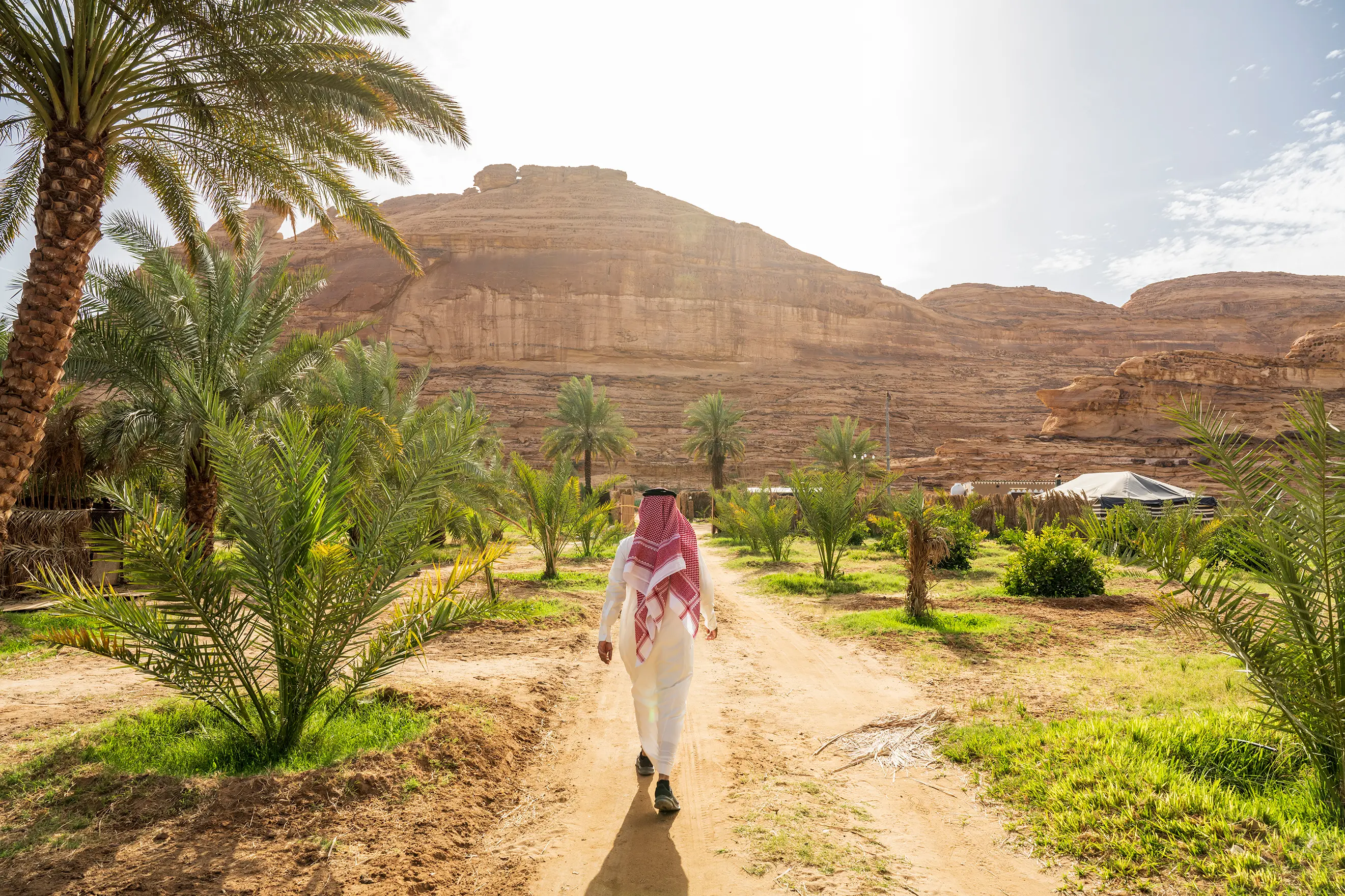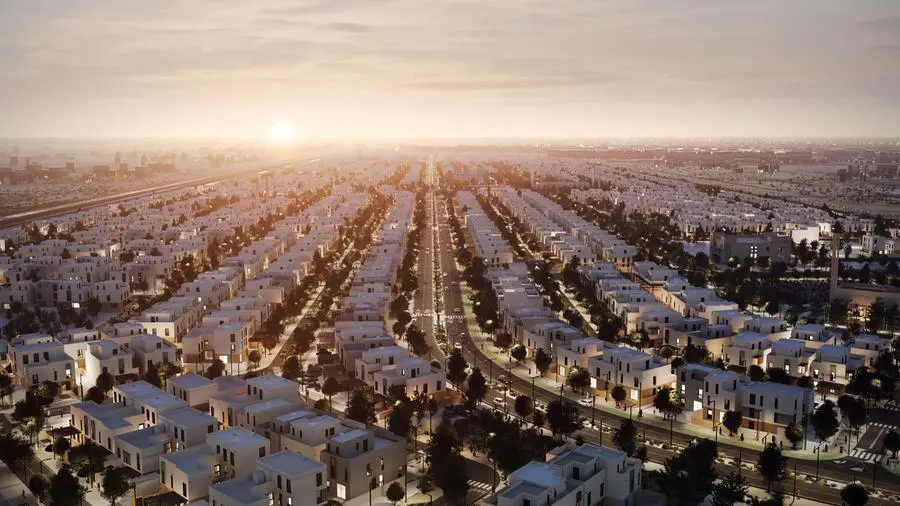Saudi Arabia has set a target of constructing 1,000 rainwater-harvesting dams that are expected to capture a combined 4 million cubic meters annually. This was declared at the end of July 2025 and it was confirmed by several sources. The Ministry of Environment, Water and Agriculture framed the program in the context of environmental infrastructure to increase water security, recharge aquifers and support development in tourism regions along the Red Sea coast.
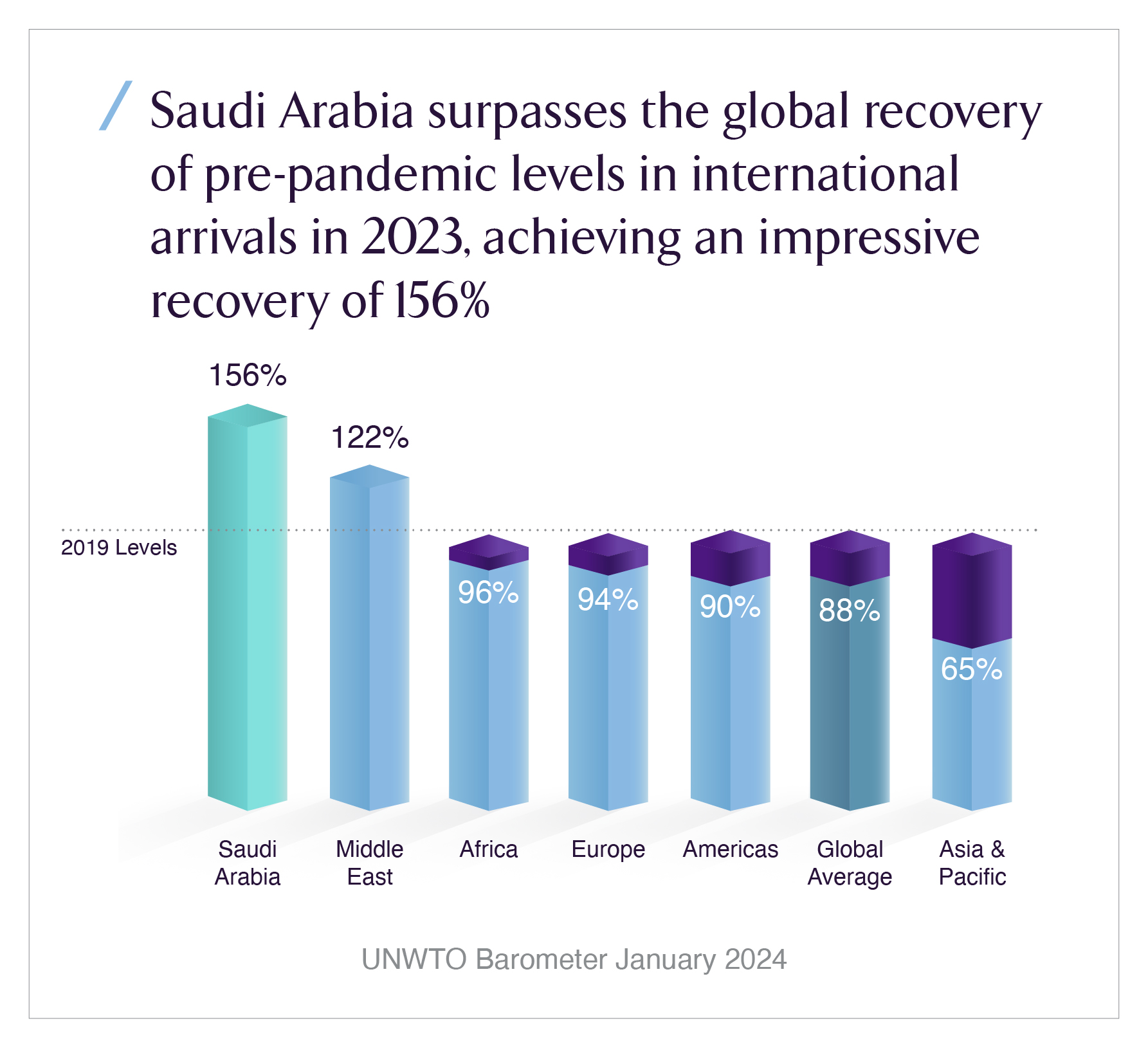
The scale is relevant since the Kingdom already has a big national network of dams. The government statistics compiled by the privatization company of the water sector shows that in 2024, there existed 574 existing dams but other ministry statistics show that there are more than 550 dams with the national dam storage capacity in the billions of cubic meters. The new program is aimed at harvesting seasonal rainfall, which is not the same objective as big multi-purpose dams, and is intended to provide local recharge and flood control where new resorts, roads, and marinas are being constructed.
This is in line with the rapidly growing tourism. Saudi Arabia has already exceeded its initial goal of 100 million tourists and its vision is to have 150 million tourists annually by 2030. The increase in the number of visitors implies more hotels, homes, and infrastructure on sensitive coastlines, and that increases the standard of water efficiency and environmental compliance.
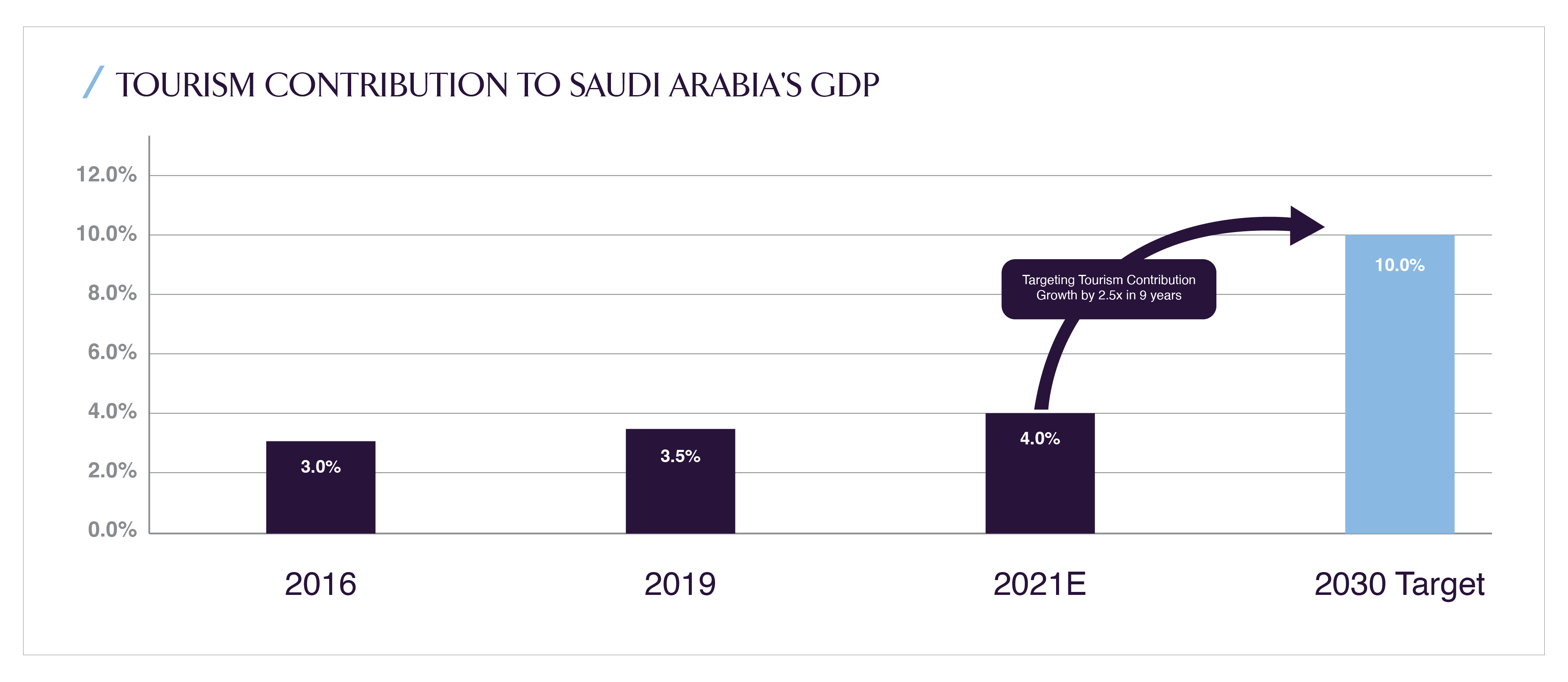
Why does this matter?
In the case of real estate, the 1,000-dam plan is not only a water story. It is a land-value-plus-ESG posting. Rainwater dams minimize the risk of stormwater, minimize erosion, and recharge shallow aquifers. In the case of coastal and near-coastal parcels, that can stabilize landscaping, enhance non-potable supplies to irrigate, and safeguard access roads and utility corridors against flood damage. With time, operating volatility and valuations are expected to be lower on sites with dependable drainage and additional water sources.
The program also supports the Saudi Green Initiative, which has already provided over 151 million trees planted, and involves massive mangrove reforestation along the coastlines, which directly safeguards resort coastlines.
It is also put under pressure to fit in. The National Water Strategy (20182030) envisages an increase in wastewater collection and treatment coverage to near-universal levels and an increase in reuse rates to 70 percent by 2030. Academic and policy sources observe that reuse has traditionally been nearer to a quarter of treated volumes, and thus new coastal districts that plan high onsite reuse, supported by metering and reporting, will be more aligned with future licensing, lender covenants and sustainability-linked finance.
Consumption thresholds should be observed by the developers. Policy planners have emphasised reducing the per-capita municipal water consumption by a substantial percentage by the year 2030. In the case of resort properties that have pools, spas and lush landscapes, this is driving design toward drought-tolerant planting, treated wastewater to irrigate, smart control, and rainwater capture where possible. Such choices influence both the compliance risk and long-run operating costs.
Red Sea and AMAALA
The Red Sea destination and AMAALA, developed by Red Sea Global, are the most apparent examples of ESG-first utility design in Saudi coastal real estate. The Red Sea destination entered a utilities concession with a consortium headed by ACWA Power to power the project with renewable energy in its entirety. The scope consists of seawater reverse osmosis of potable water, a wetlands-based sewage treatment system that aims to polish effluent, and district cooling, core systems that were designed at day one to minimize emissions and enhance water performance.
Intentionally, such systems are already producing measurable results. Red Sea Global says its wastewater plant is processing approximately 8,000 cubic meters of wastewater each day, and that it has created wetlands that create habitat and polish treated water through nature-based treatment before it is reused or released. The approach will reduce the chemicals used, protect the lagoons and reefs as well as irrigate the landscaping at the destination.
In AMAALA, a consortium comprising of EDF Group and Masdar finalized financial terms of a multi-utilities plant that can support a 250-megawatt solar park, 700-megawatt-hour battery, and desalination plant capable of producing around 37 million liters per day, and wastewater treatment plants to run 24 hours a day. The package is an off-grid, 100 percent renewable system that has its own transmission and distribution. To investors, it is a unique coastal resort case in which water, wastewater, and power are designed in concert around hard ESG performance, which can mitigate long-term tariff risk and carbon exposure.
Such engineering choices are backed by restrictions on the visitor capacity and the considerate placement of locations. The Red Sea master plan distributes hotels over 22 islands and multiple inland locations with room and visitor limits to safeguard ecological limits but still allow a complete mixed-use tourism economy. The premium pricing model also encompasses healthy reefs and clean water which in turn depends on the above mentioned utilities and land-use decisions.
Coastal ecology
Ecosystems are not only boundaries in regenerative tourism, but also revenue. Mangroves also stabilize coasts, clean water, harbor fish nurseries, and sequester carbon, which directly benefit snorkeling, diving, and boating value propositions. Saudi Arabia aims to have more than 100 million mangrove trees planted in the country by 2030, with Red Sea Global cultivating millions of seedlings and announcing large-scale plantings in its destinations. On the national level, the mangrove projects are incorporated into Vision 2030 and Saudi Green Initiative. In coastal real estate this would be measurable protection against erosion, the increased clarity of the water and blue-carbon reporting in sustainability accounts.
Scientific and planning sources also mention the ecological value of lagoons such as Al Wajh which is a large marine area with coral reefs, seagrass and mangrove systems. The protection of these assets lies in the spreading of development and density control. Parallel investment in rainwater dams upstream by the government can mitigate the destructive runoff pulses during storms, and thus preserve the quality of coastal waters, which is another reason why the dam plan and the coastal resort pipeline should be considered as a pair, not as individual projects.
Tourism Demand
The urgency of the dam program as well as the build-out of the resort utilities is attributed to tourism demand. Saudi Arabia has set a new goal of 150 million visits annually by 2030 after achieving its first goal of 100 million visits earlier than the target. The increase in international tourism revenue in 2024 was 148 percent compared to 2019, the highest rate in G20, which means that there is a higher demand in coastal hospitality products and mixed-use districts.
On the supply side, the Red Sea master plan envisages up to 50 hotels and over 1,000 residential units by 2030, whereas the Triple Bay of AMAALA is gearing towards opening with a number of luxury hotels and branded residences. The enabling utilities, highways, jetties, and marinas are concurrently being developed, and multi-billion dollar financing packages are being structured to tie performance to renewable energy, water efficiency, and wastewater performance. The national tourism investment pipeline is reported to be over 1 trillion dollars, as reported by international coverage, which demonstrates the scale of the build-out, and how effective ESG frameworks are to capital providers.
Water Reuse Targets
The National Water Strategy of Saudi Arabia anticipates that wastewater coverage will be 95-100 percent by 2030 and that national water reuse will be driven to 70 percent. Academic estimates indicate that in 2022, the total amount of treated wastewater was of the order of 1.9 billion cubic meters of which approximately 2225 percent was reused. It will probably take additional tertiary treatment, purple-pipe networks, and distributed reuse on a district or resort level to fill that gap. Projects that can show liters reused per guest night, or a large percentage of irrigation demands satisfied with treated effluent and rain capture will be easier to finance and regulate.
The results in design are visible. In new coastal resorts, irrigation demand may be the largest non-potable load. Wetlands-based polishing and tertiary treatment combined can produce irrigation-grade water in a consistent manner. District cooling combined with renewable energy saves fuel costs, and mitigates the effects of heat-stress on the operations, and rainwater harvesting can be opportunistically utilized as landscaping storage and micro-recharge. Smart metering allows open reporting against KPIs which are increasingly being built into concession agreements and loan covenants.
At the same time, national desalination will remain a backstop to potable supply, but the policy direction is clear: maximize reuse, minimize per-capita use, and stormwater impacts. The 1,000 new rainwater dams are a tangible instrument to achieve the final of these objectives, particularly in basins linked to growth zones on the Red Sea coast.
Bottom line
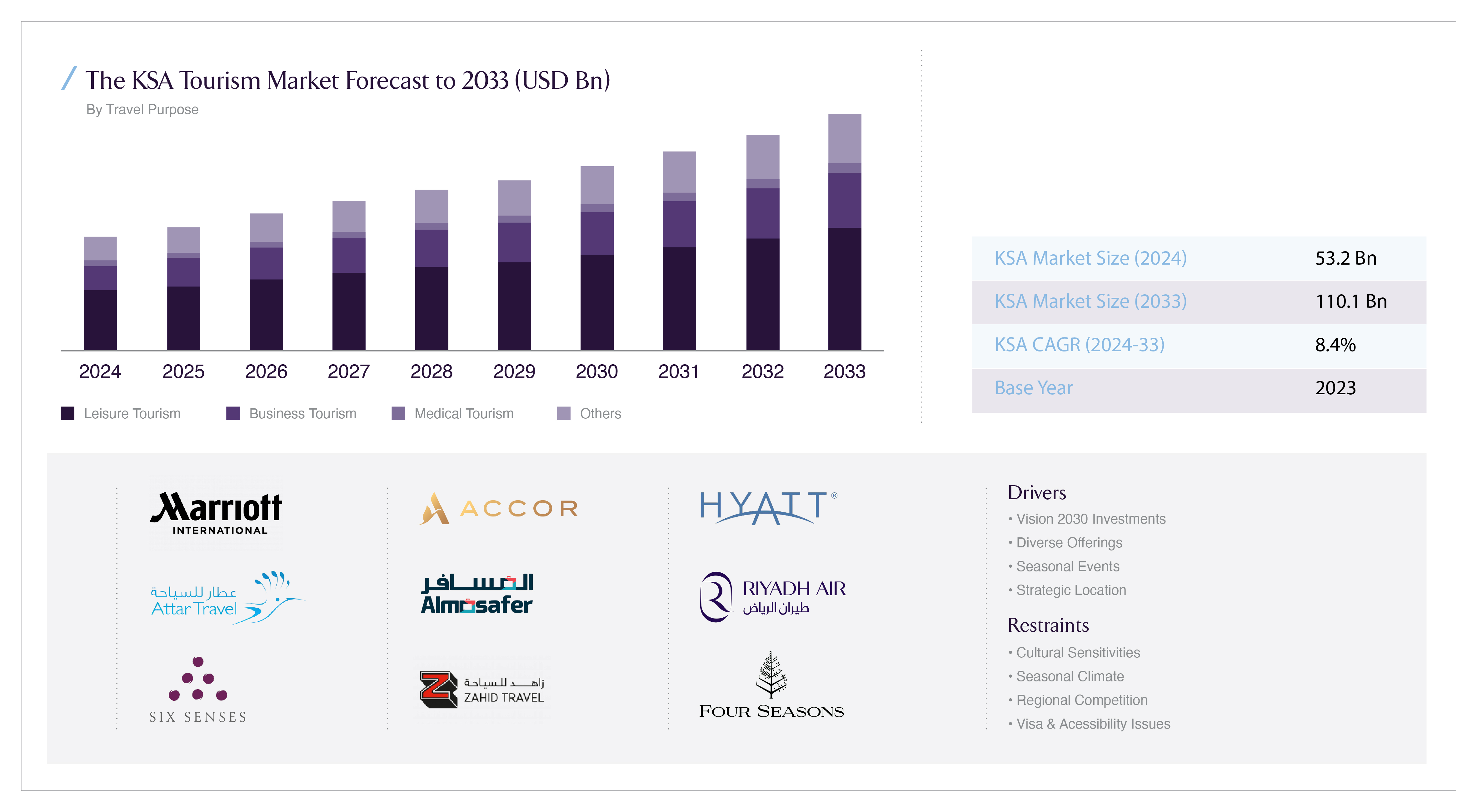
The initiative by Saudi Arabia to construct 1,000 dams to harvest rainwater is one of the practical levers that can relate to the national water security and the development of coastal real estate. Combined with 100 percent renewable utilities, advanced wastewater reuse, and nature-based solutions at The Red Sea and AMAALA, the country is developing a consistent ESG platform around tourism assets. The tourism targets are 150 million visits by 2030, and a resort pipeline in the tens of billions of dollars, so they are not optional extras, but at the heart of license to operate, debt pricing, and long-term asset values. Early adopters of the water and ecology metrics built into the national policy should find easier approvals, more pricing power, and more resilient operating budgets as the Red Sea coastline matures.







